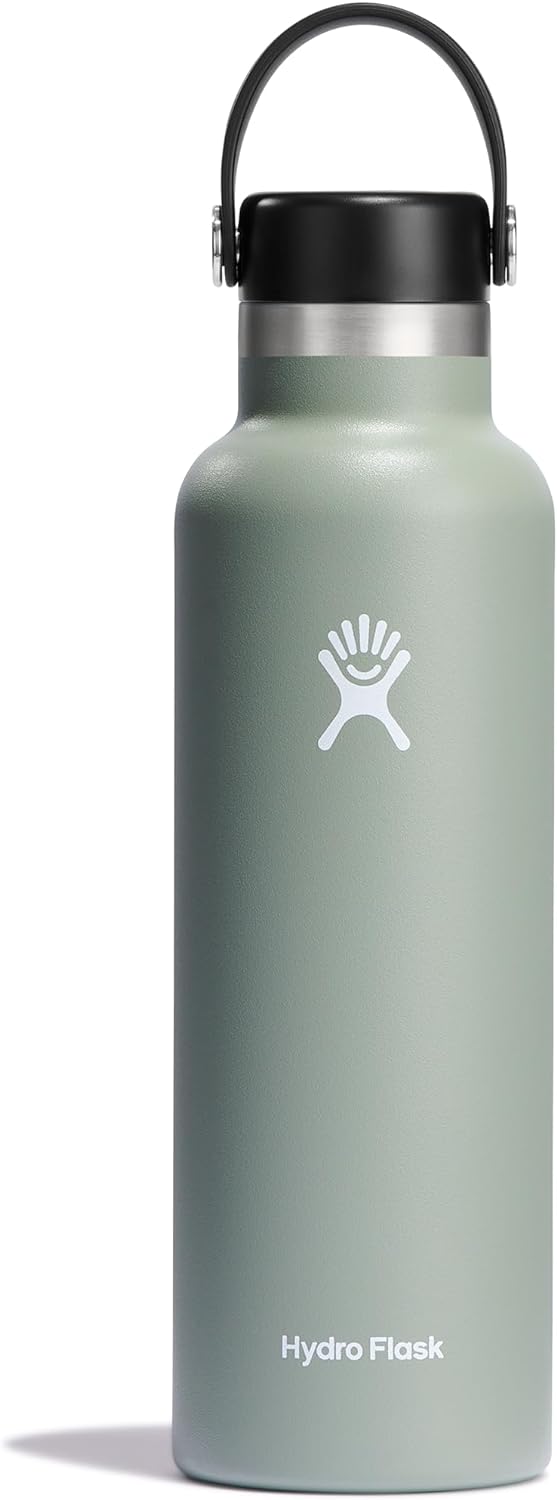In recent years, the environmental impact of plastic pollution has become a significant concern. One of the lesser-known but critical issues is the presence of microplastics in our water. These tiny plastic particles, often originating from plastic bottles, can pose serious health risks. In this blog post, we’ll explore the dangers of microplastics in water bottles and why switching to stainless steel can be a healthier and more sustainable choice.
The Hidden Dangers of Microplastics in Water Bottles and Why Stainless Steel is a Better Choice
Microplastics are small plastic particles less than 5 millimeters in size. They can originate from the breakdown of larger plastic items or be intentionally manufactured at that size for use in products like exfoliants and cleaning agents. Microplastics are pervasive in our environment, including oceans, rivers, and even our drinking water.
Read more on the danger of microplastic in our other blog here

Microplastics in Water Bottles
Plastic bottles are a common source of microplastics in drinking water. As plastic bottles degrade, they release microplastics into the water they contain. Factors such as exposure to heat, sunlight, and age can accelerate this degradation. Here’s how microplastics can enter your water:
- Degradation of Plastic: Over time, plastic bottles can break down into smaller particles due to environmental factors. These microplastics can leach into the water.
- Manufacturing and Storage: Even new plastic bottles can contain microplastics due to residual plastic particles from the manufacturing process. Storing bottles in hot or sunny conditions can exacerbate this problem.
- Leaching of Chemicals: Plastics often contain additives and chemicals that can leach into water, further increasing the risk of microplastics and other harmful substances.
Health Risks of Microplastics
The health implications of consuming microplastics are still being studied, but preliminary research suggests several potential risks:
- Toxicity: Microplastics can carry harmful chemicals and pollutants from the environment. When ingested, these toxins may accumulate in the body, potentially leading to health issues.
- Inflammation: Studies have shown that microplastics can cause inflammation in animal models. While more research is needed, chronic inflammation is linked to various health conditions, including cardiovascular diseases and cancer.
- Disruption of Endocrine Function: Some plastics contain endocrine-disrupting chemicals that can interfere with hormonal balance. This disruption can affect reproductive health, development, and metabolic processes.
- Immune System Impact: There is evidence suggesting that microplastics may impact the immune system, potentially leading to increased susceptibility to infections and other health problems.
Why Stainless Steel Is a Better Choice
Switching from plastic to stainless steel water bottles offers several benefits, both for your health and the environment:
- Durability: Stainless steel is highly durable and resistant to degradation, so it doesn’t release microplastics or chemicals into your water. It can withstand various temperatures and conditions without affecting the quality of your water.
- Chemical-Free: Unlike plastics, stainless steel doesn’t contain harmful chemicals like BPA (bisphenol A) or phthalates. This means you’re less likely to encounter harmful substances that could leach into your water.
- Sustainability: Stainless steel bottles are reusable and recyclable, reducing the need for single-use plastic bottles. This helps to decrease plastic pollution and its impact on the environment.
- Ease of Cleaning: Stainless steel bottles are easy to clean and are generally dishwasher-safe. They don’t retain odors or flavors, ensuring your water always tastes fresh.
- Temperature Control: Many stainless steel bottles are designed to keep beverages hot or cold for extended periods, providing added convenience and comfort.
Making the Switch
Transitioning to a stainless steel water bottle is a straightforward way to reduce your exposure to microplastics and minimize your environmental footprint. Here are a few tips for making the switch:
- Choose High-Quality Stainless Steel: Opt for bottles made from high-grade stainless steel (such as 18/8) to ensure durability and safety.
- Clean Regularly: Regular cleaning helps maintain your bottle’s quality and ensures that it remains free from bacteria and other contaminants.
- Avoid Heat: While stainless steel is heat-resistant, it’s still a good practice to avoid exposing it to extreme temperatures for prolonged periods to ensure its longevity.
Look for Insulated Options: If you prefer to keep your drinks at specific temperatures, consider insulated stainless steel bottles for added functionality.
Here are some stainless steel water bottle options as a safer alternative!





